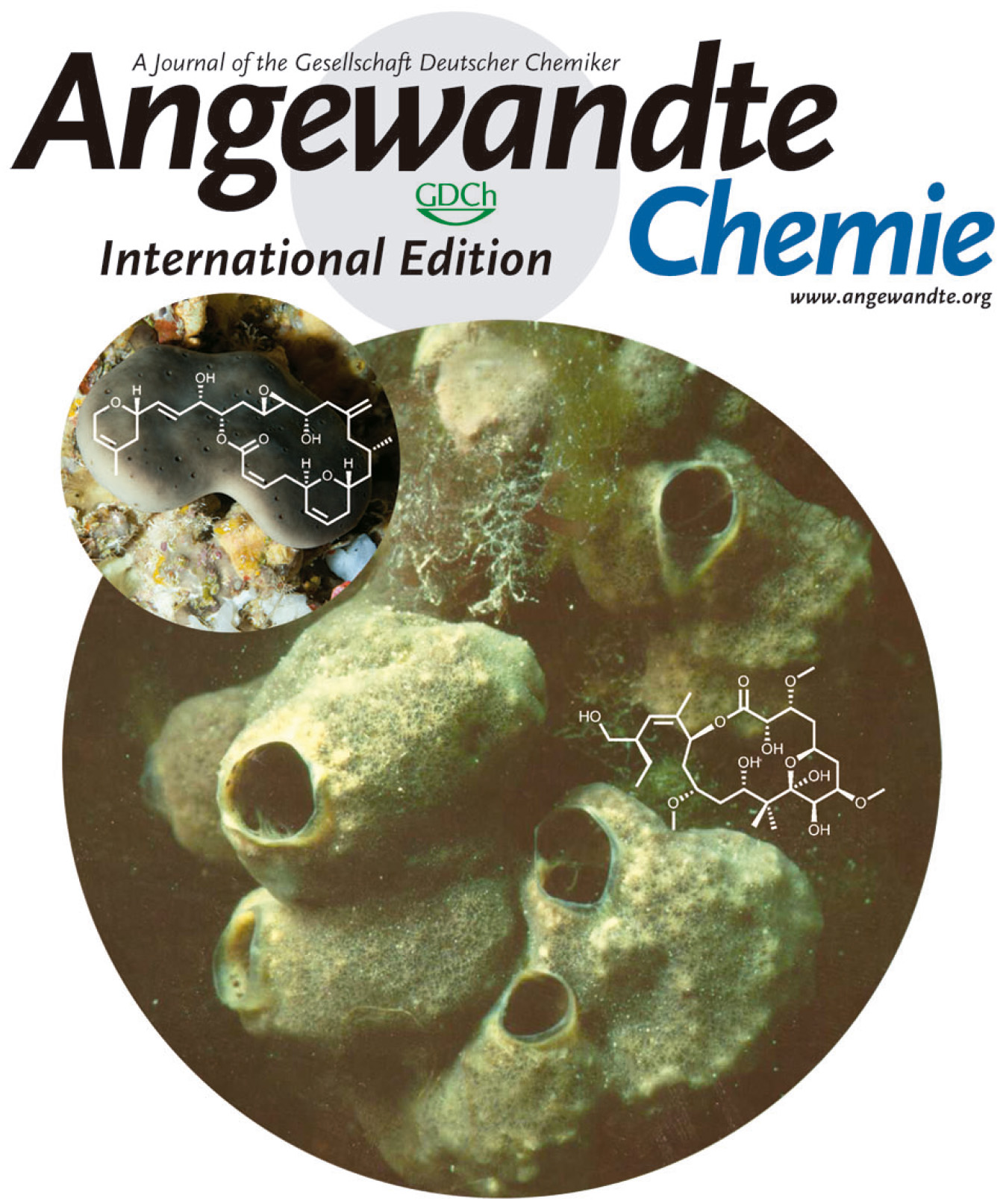Tubulin and its assembly product, microtubules, are among the most successful targets in cancer chemotherapy. However, treatment of tumours with tubulin targeting agents is severely hampered by the development of resistance and undesired side effects. An obvious way to address resistance is the seek for new binding sites in the same protein with different function and structural properties and novel chemotypes able to modulate tubulin with different physicochemical properties, and producing different structural and biochemical effects in the target.
To search and evaluate microtubule modulating compounds, we develop methods for the high throughput evaluation of them, allowing the determination of their binding sites and their affinity for tubulin and microtubules. The methods are widely used for the evaluation of novel synthesized or discovered tubulin targeting agents. Some of them are now commercially standards for the evaluation microtubule modulating agents and the patents obtained provide funding of the group.
We have stablished a world network of companies and academic institutions devoted to the discovery of new compounds targeting tubulin. Since the formation of the group in 2001 four new binding sites have been discovered, (maytansine, pore site, laulimalide/peloruside and pironetin), all of them had been discovered and characterized by us, either alone or in collaboration with other groups. Right now, compounds targeting the maytansine site are reaching clinical use, both alone and as antibody drug conjugates.
The development of a safe microtubule modulators able to overcome resistance to chemotherapy and to minimize the undesired secondary effects are the final objective of our research. We work in collaboration with companies and academic partners to developed new compounds, some of them have proven highly effective in all kind of tumoural cells resistant to paclitaxel chemotherapy. As an example of success we have optimized PM60184 for the company Pharmamar S.A., selecting the compound with higher affinity and targeting the newly discovered Maytansine site. The compound is effective in tumours resistant to chemotherapy and has entered clinical Phase II in Spain and USA. We are now using the technology developed to design drugs able to stabilize microtubules without altering their structure and chemical transport properties, therefore with the potential to show less peripheral neurotoxicity (the main toxical secondary effect), with possible use to stabilize microtubules in neurodegenerative taupaties.

Figure: Two microtubule-stabilizing agents with potential anticancer activity, Peloruside A and Laulimalide are depicted superimposed on their marine sponges of origin. Both bind to the Laulimalide/Peloruside site in microtubules, discovered by our group in collaboration with NIC, and Victoria University of Wellington.

